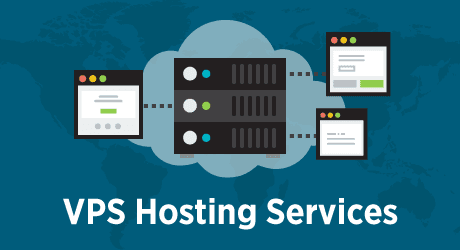Optimizing Website Engagemen: Adding Social Media Buttons
In today's digitally-driven world, a strong social media presence is crucial for any website's success. Integrating social media buttons is a simple yet effective way to encourage user engagement, drive traffic to your social platforms, and amplify your brand's reach. This guide will delve into the best practices for adding social media buttons to your website, focusing on strategies for experienced web developers, webmasters, and system administrators.
Choosing the Right Buttons
Selecting the appropriate social media platforms to feature on your website is the first crucial step. Prioritize platforms where your target audience is most active. Common choices include:
- Facebook: Ideal for fostering community and sharing a wide range of content.
- Twitter: Effective for sharing news, updates, and engaging in real-time conversations.
- LinkedIn: Perfect for professional networking and sharing industry-related content.
- Instagram: Excellent for visually-driven brands and showcasing products or services.
- YouTube: Essential for businesses using video marketing strategies.
Strategic Placement for Maximum Impact
Where you place your social media buttons significantly impacts their visibility and click-through rates. Consider these strategic placements:
- Above the Fold: Placing buttons prominently at the top of your webpage ensures immediate visibility.
- Sidebar: Utilizing the sidebar for social media buttons provides persistent visibility as users navigate your site.
- End of Content: Encourage social sharing after users have engaged with your content by placing buttons at the end of articles or blog posts.
- Floating Bar: Implement a floating social media bar that remains visible as users scroll, offering persistent sharing options.
Customization and Branding
Maintain brand consistency by customizing the appearance of your social media buttons. Utilize your brand colors, logos, and design language to create visually appealing and cohesive buttons that integrate seamlessly with your website's aesthetics.
Performance Optimization
While social media buttons enhance engagement, they can also impact website loading times if not implemented efficiently. Opt for lightweight social media sharing plugins or scripts to minimize page load speed. Consider using asynchronous loading techniques to prevent buttons from hindering initial page rendering.
Tracking and Analytics
Implement robust tracking mechanisms to measure the effectiveness of your social media buttons. Utilize web analytics tools to monitor click-through rates, social shares, and referral traffic from each platform. Analyze this data to understand user behavior, optimize button placement, and refine your social media strategy.
Mobile Responsiveness
With the increasing use of mobile devices, ensuring your social media buttons are mobile-responsive is crucial. Buttons should scale appropriately and be easily tappable on smaller screens for a seamless user experience.
Accessibility Considerations
When integrating social media buttons, prioritize web accessibility. Use ARIA attributes to provide text alternatives for screen readers, ensuring users with disabilities can perceive and interact with the buttons effectively.
















